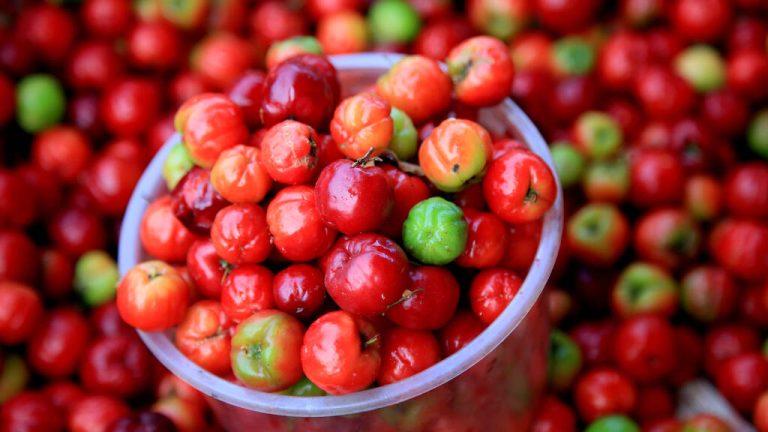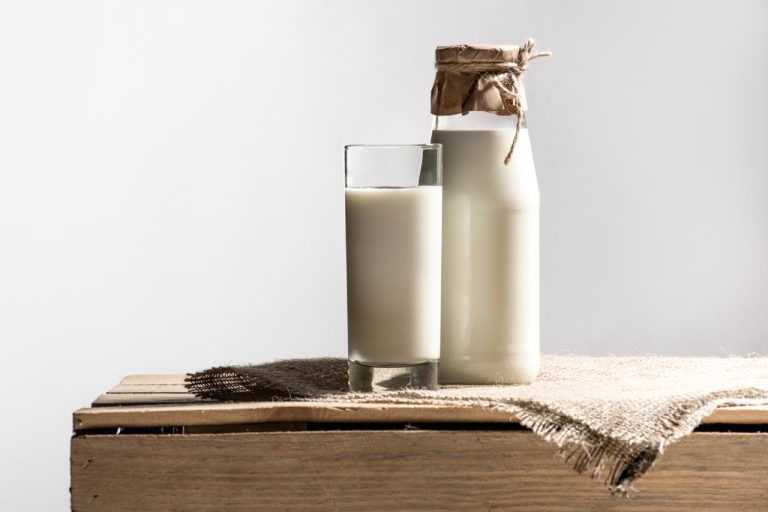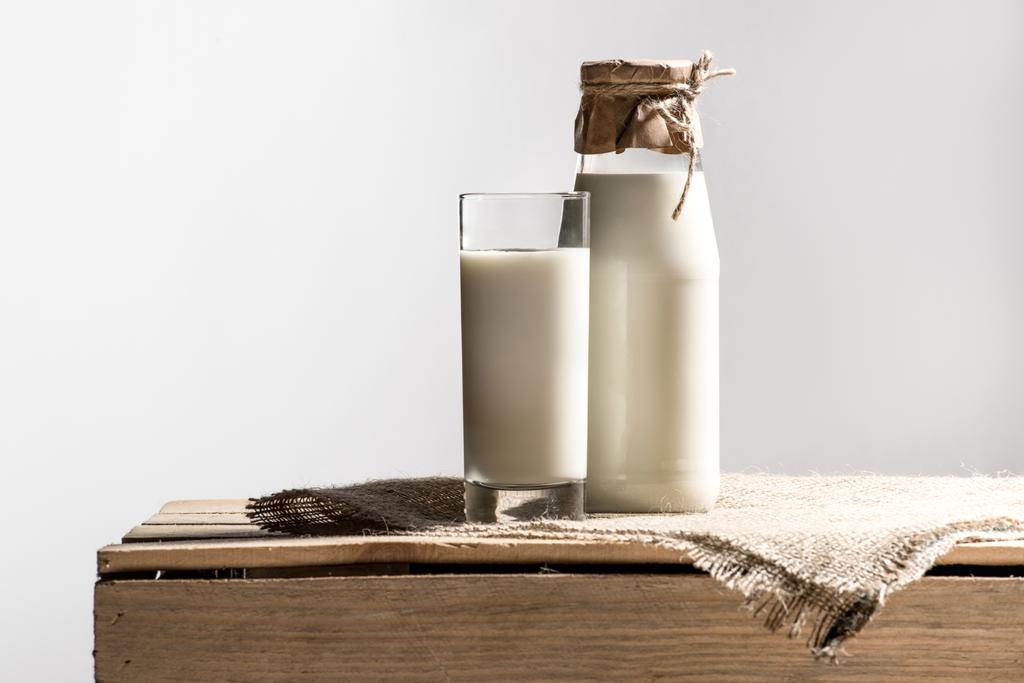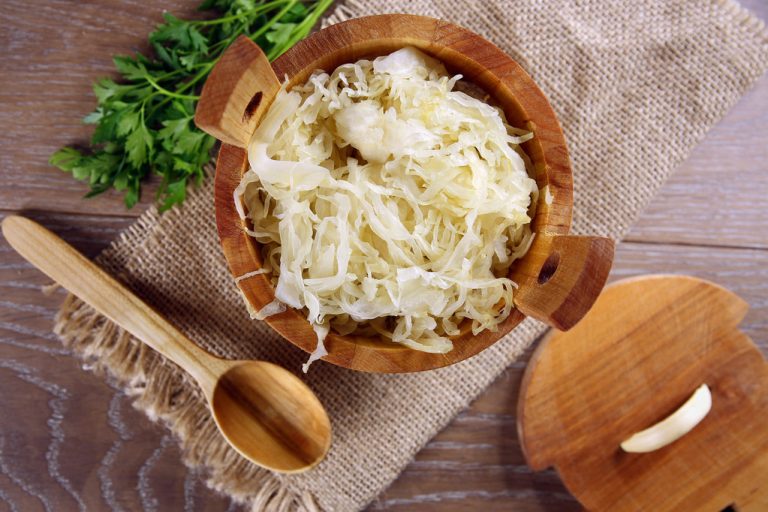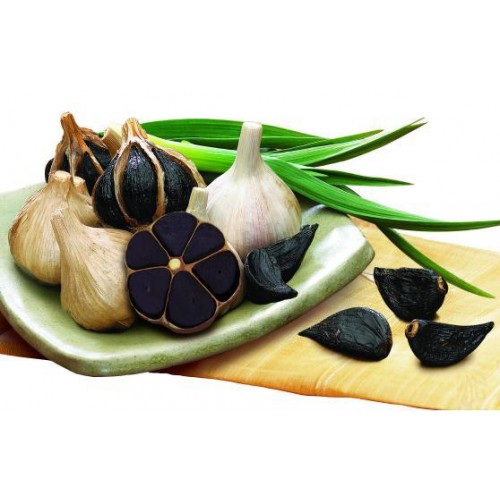Acerola has the highest vitamin C content of all plants and is considered a miracle cure for colds. We are interested in what can really be thought of their healing properties – and we also take a look at their downsides.
Autumn and Winter: The weather is foggy, rainy or stormy. A cold manifests itself with a headache, sore throat, cough and runny nose. Almost everyone catches a cold once a year, but we would like to avoid this annoying disease. And since grandma always said vitamin C was good for colds, we’re looking for different sources of the supposed supervitamin.
It’s a good thing that a small red “cherry” is considered an incredible vitamin C bomb: the acerola. The stone fruit, originally from Mexico, is said to have the highest vitamin C content of any plant. No wonder that acerola can be found in almost every medicine chest in the form of powder, capsules or juice.
But that’s not all the acerola cherry can do. In addition to vitamin C, it also contains other secondary plant substances such as flavonoids, which are considered antioxidants. Which is why acerola is also said to rejuvenate and protect internal organs. Quite a lot for such a small fruit. If that’s all true as claimed.
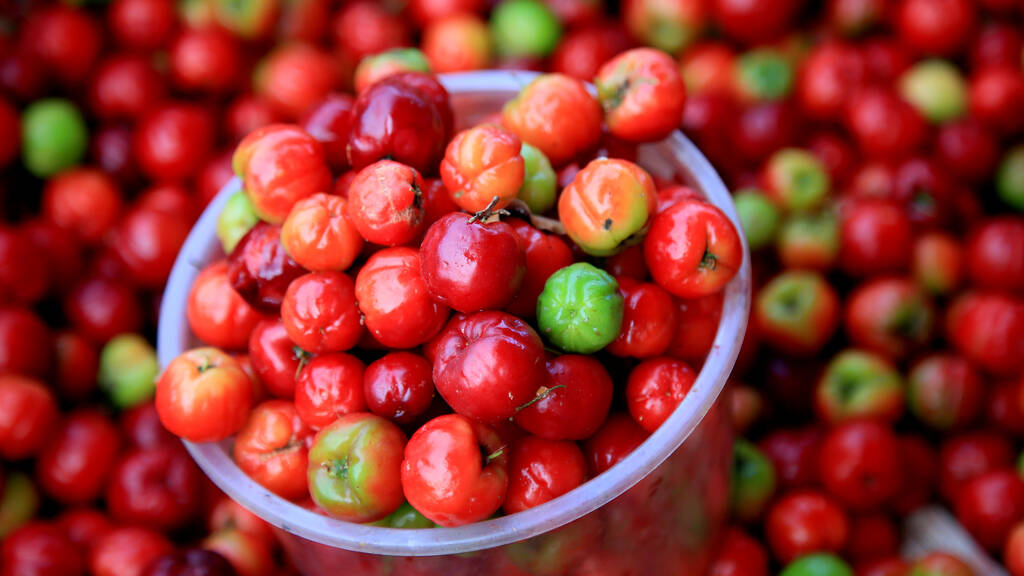
Where does acerola come from?
The acerola is native to tropical or subtropical regions, mainly in North and South America. The small red fruit originally comes from Mexico, more precisely from the Yucatán Peninsula. The natural range today includes Texas, Mexico, Brazil, Panama, Jamaica and Guatemala. The ripe fruit can be spherical to cylindrical, red, purple or yellow. It can be harvested up to eight times a year because the cherry has a short fruit cycle of just 25 days. Outside of the natural range, the plants are still cultivated in Asia, especially India and China.
Acerola Powder and Acerola Juice – Use and Processing
However, the short development span of acerola also has its downsides. The fruit must be harvested when it is perfectly ripe and processed within two days or it will spoil. Harvesting must be done carefully, either by hand or with special harvesting machines that shake the cherries off the bushes without damaging the delicate fruit. They are then packed in cool boxes, frozen and transported in this way to the place of processing.
The fruits are therefore almost impossible to get fresh on the American (outside of Texas) and European markets. Either the sour-tasting juice or the powder is available. For the former, the drupes are squeezed out after thawing and the juice is preserved.
For the powder, the cherries are freeze-dried and ground into powder. This has turned out to be the gentlest method to preserve as much of the valuable nutrients as possible. Acerola is typically added to other products as a natural source of vitamin C. For example in ACE juices, lozenges against sore throats or in food supplements that are supposed to stimulate the immune system.
Besides vitamin C, what else is in acerola?
The small stone fruit has a lot of nutrients hidden under its thin, sensitive skin. The very sour pulp has hardly any calories, 100 grams of fresh juice are more or less negligible with 16 kcal. The same amount contains 700 to 4,800 mg of vitamin C (average: 1,700 mg), depending on the growing area and variety. For comparison: The normal daily requirement for adults is an average of 95 mg for women and 110 mg for men.
In addition, acerola contains potassium, calcium, magnesium, phosphorus, folic acid and B vitamins. The fruit itself also contains flavonoids, pectins, carotenoids, anthocyanins (colours) and other secondary plant substances. However, much of it is in the skin, which is lost when it is processed into acerola juice. The ingredients are still contained in the powder and the products made from it, but in smaller quantities due to freeze-drying.
What is the effect of acerola?
The effect of acerola is mainly based on the high vitamin C content. In certain situations, for example high-performance sports, infections or smokers, our vitamin C requirement is increased. When normal nutrition cannot meet these needs, the natural vitamin C found in acerola juice or powder is far better for the body. In interaction with the other components of acerola, the vitamin can be metabolized more easily and therefore has a higher bioavailability, destroys tumors and could thus be used as a natural therapy against cancer.
In addition, the Barbados cherry boosts the metabolism and has a cell-rejuvenating effect. The beauty industry also takes advantage of this effect by mixing the fruit in creams, lotions and skin cleansing products. The secondary plant substances in combination with the vitamin C of the acerola should also reduce the negative effects of obesity and balance out an unhealthy, high-fat diet.
The acerola cherry is really healthy – right?
So the list of alleged effects of acerola is long and reads like an advertisement from a manufacturer of dietary supplements. The vitamin C bomb is said to boost the immune system, support metabolism and diets, help against cancer, have anti-aging effects, eliminate the negative consequences of obesity and smoking and make you fitter and more efficient overall.
What sounds like an exaggerated advertising promise is often one. In the case of acerola, this means: The studies on anti-aging, fighting cancer or obesity were carried out either on individual cells in the test tube or on mice in the laboratory. For humans, this is not very meaningful and provides a maximum of information.
On the other hand, the effect of vitamin C on strengthening the immune system has been better studied – it doesn’t work at all. Those who consume more vitamin C are still not less likely to catch a cold. Maybe the vitamin reduces the duration of the cold, but only maybe. An overdose of vitamin C is not entirely harmless. Nausea and stomach cramps can result, even if an excess of the water-soluble vitamin is excreted via the kidneys.
And then there are the allergies. Because acerola can cause a cross-reaction in latex allergies. The juice, often added to enrich it with vitamin C, can certainly lead to severe allergic reactions. A combination that makes the acerola not appear quite as healthy as it appears at first glance.
Acerola and sustainability
The acerola plant needs very specific tropical or subtropical conditions to thrive. Their natural distribution area is also in South and Central America. The main growing area is Brazil, from where the majority of the acerola products available here come. But originating in Guatemala, Mexico or Panama does not shorten the transport route. This is where the Barbados cherry collects the first sustainability minus.
Next point: The thin skin and rapid ripening process make acerola so delicate that it can only be used processed – and processing takes energy. The third minus point is the type of transport. Both the freshly harvested fruit on the way to processing and the juice have to be transported in refrigerated trucks, which are not very environmentally friendly, so that the goods do not spoil. The overall result is “insufficient” for sustainability.
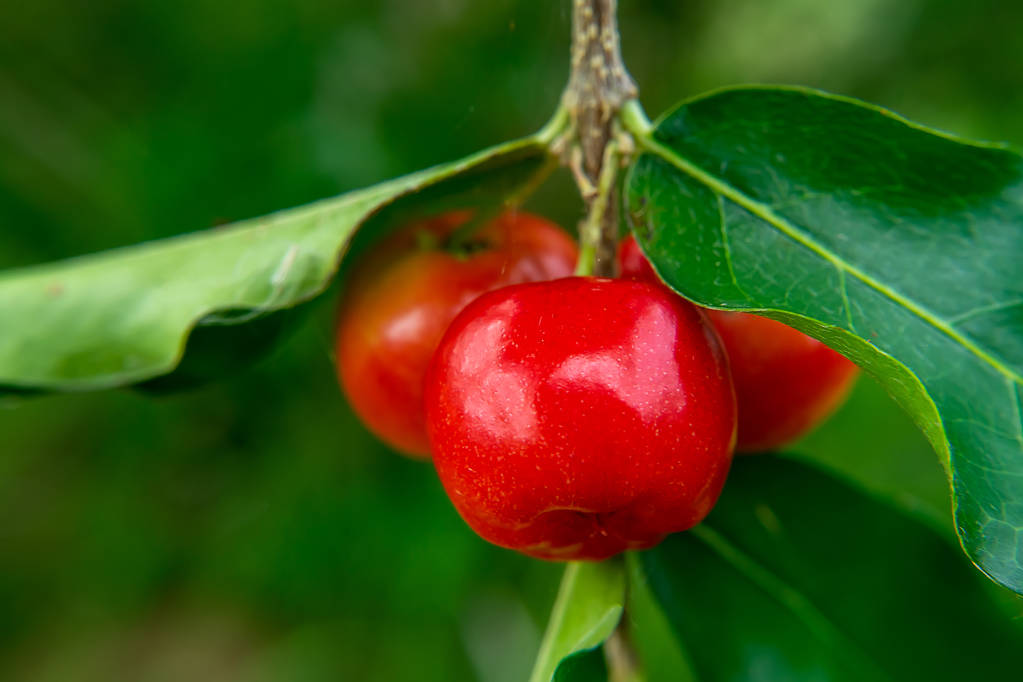
Better sea buckthorn than acerola
Of course, acerola contains a lot of vitamin C. And of course we need it to stay healthy. Today, however, a nutrition-related deficiency hardly ever occurs. In addition, the positive effect of the vitamin on the immune system is scientifically rather low. Vitamin C can only have a positive effect on the immune system during extreme exertion such as in high-performance sports and under constant stress. The other possible effects of the acerola cherry are only suspected, there is no scientific evidence.










